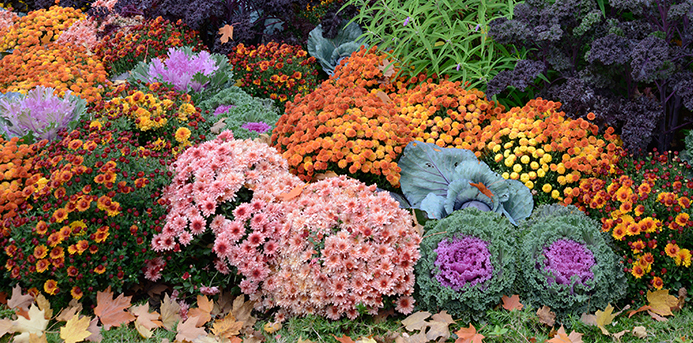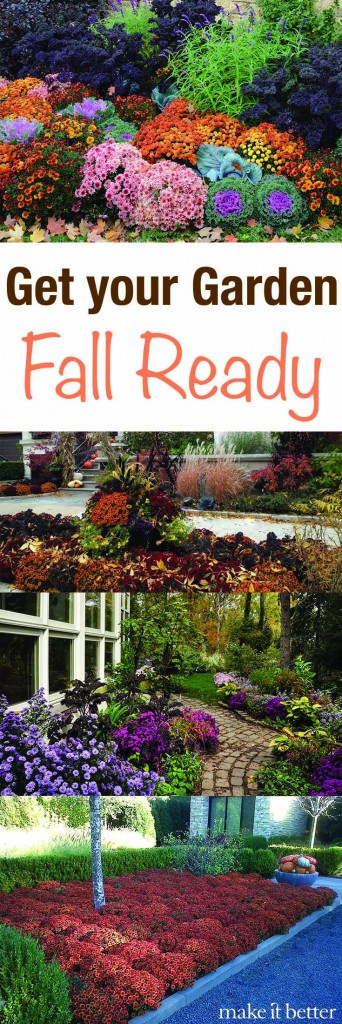Crisp weather may signal the end of summer, but it shouldn’t mean the end of enjoying your outdoor space. It’s easy to overlook fall landscaping while we’re reeling in hoses and storing ceramic pots for cooler months, but the season brings our most vibrant colors and our best opportunity to prepare for the seasons ahead.
Three garden and landscape experts offer their top tips for your most magnificent fall yet, as well as advice for planning ahead for winter and spring while the ground is still soft enough for digging.
Create a Beautiful Fall Garden
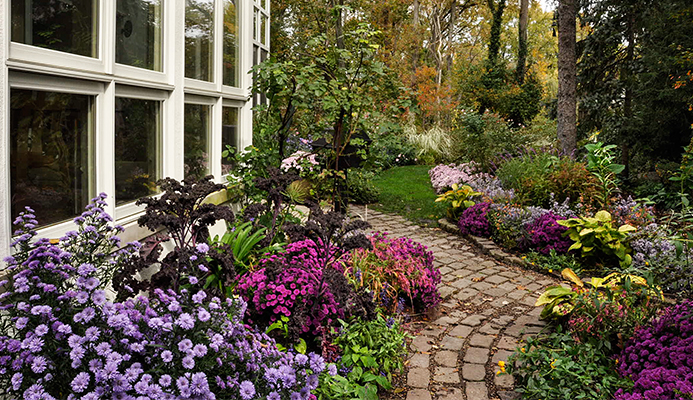
Edit what you’ve got
Get rid of failing plants in late summer is a good for preparing trees for bad weather but hold onto healthy ones. Research shows that if you leave your perennials out for winter, they’ll grow heartier.
“I like to leave my disease-free perennial plants stand for winter—dried hydrangea, cone flowers, and hosta seed heads,” says Melinda Myers, gardening expert, author and host of the “How to Grow Anything: Food Gardening for Everyone” DVD set. “They add texture and birds feed on them, so it brings motion and color to your garden.”
Dream in color

Fall and jewel tones are natural partners—gold, crimson, orange and even bright white. Myers suggests fall annuals like mums, pansies and snapdragons. Also consider sundrops, which fire up in October, or plants with contrasting colors like pink and purple.
“Perennial geranium foliage turns a brilliant orange,” says Craig Bergmann, owner of Craig Bergmann Landscape Design, Inc. “Another big statement maker is the yellow fall color of bluestar, which pairs well with the lower-growing October Skies Aster.”
Fill in empty spots

Bare spots in your landscape can distract from more showy offerings. Myers says you can fill in vacant spots with pumpkins or blue hubbard squash. Or, use elevated pots to add vertical interest to your garden. In addition, changing potted plantings seasonally can keep your garden fresh and current
“Consider texture and color when planting,” says Charles Hyams, senior landscape architect at Scott Byron & Co. “Mix ornamental trees and shrubs with pots and containers.”
Plan Ahead for Winter and Spring
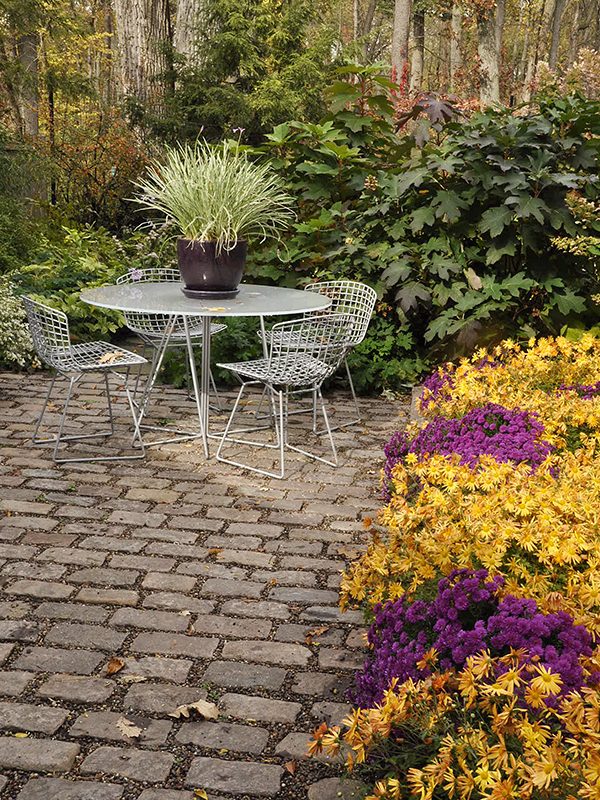
Plant trees, shrubs and bulbs
“Plant all perennial plants by October 1,” says Bergmann. “Don’t be swayed by the year-end perennial sales around Halloween. Planting later prevents the plant from having enough time to establish.”
Also plant bulbs in the fall for spring blooms. This type of planting creates seasonal growing layers to keep gardens fresh all year long.
“Consider how perennial and annual beds are arranged—plant spring bulbs, then fall annuals on top,” Hyams says.
Prune bushes and trees
Get rid of dead or damaged branches first, and then move on to those that are wilted or diseased. Choose your cuts by the effect you want on the plant. Specifically, shorten a stem for increased branching and remove whole stems and limbs to make a plant smaller. Avoid over-pruning young trees so as not to slow their growth.
Keep watering plants
Give ample water to your plants. Dry spells in late October and November can still impact evergreens; water weekly until a hard freeze
“This helps them make it through the winter, and is particularly true for evergreens,” Bergmann says.
Fall Landscape Trends
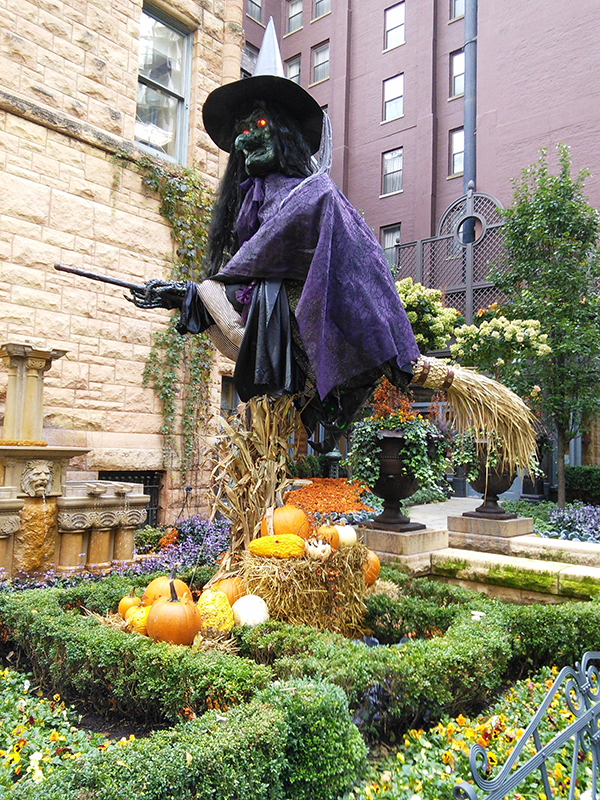
Current fall landscape trends include expanded use of gardens to grow more edibles for longer in the season. Lettuce, beets and radishes should be started in the fall, while root crops come due for harvest before snow falls.
Another trend is to extend the use of your yard into cool weather with fire pits, fire tables and sophisticated barbeque grills. However you use your outdoor space, don’t give up on it once summer ends or you’ll miss out on one of our most beautiful seasons.
More from Make It Better:
